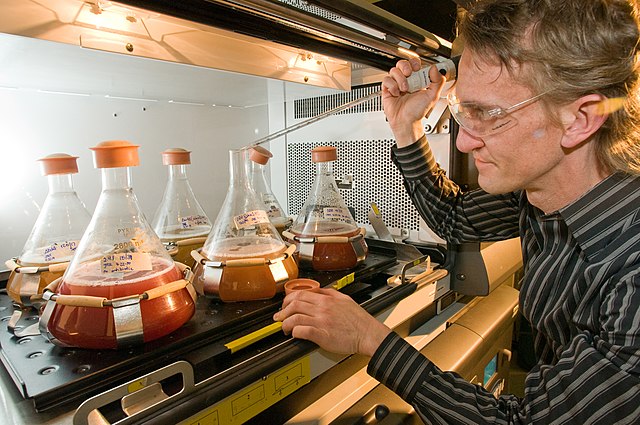
Disproven Scientific Theories
Science is an ever-evolving field, and ideas once accepted as fact have often later been found to be incomplete or incorrect. As new evidence and advanced tools become available, scientists are able to refine, challenge, or even overturn earlier theories. In this article, I’ll explore five scientific theories that were once widely accepted but later disproved or replaced by more accurate models. Although I initially considered including the flat Earth theory, I’ve excluded it, as the belief that medieval scholars widely thought the Earth was flat is largely a myth. In fact, as early as the 5th century BC, the Ancient Greeks, and later European and Middle Eastern scholars in the early Middle Ages (600–1000 AD), had already recognised the Earth’s sphericity.
Spontaneous Generation
For much of history, people believed that life could spontaneously arise from non-living matter, a concept known as spontaneous generation. According to this theory, organisms like flies, fleas, and maggots could materialise from decaying meat. The work of great Thinkers such as Aristotle gave support to this idea for centuries. However, in the 17th century, the Italian physician Francesco Redi began to question it. Using a series of scientific experiments, he demonstrated that maggots only appeared on meat if flies had access to lay eggs there. In the 19th century, Louis Pasteur conducted further experiments, ultimately disproving spontaneous generation and paving the way for germ and cell theory, which eventually grew into the field of microbiology.
Geocentric Model Of The Solar System
Given our vantage point on Earth, it’s easy to see how people once believed we were at the centre of the solar system—or even the universe. Up until the 16th century, this geocentric model (with Earth at the centre) was widely accepted. It wasn’t until the investigations of Nicolaus Copernicus and later scientists that the heliocentric scientific model (with the Sun at the centre) gained acceptance in mainstream science, reshaping our understanding of the cosmos.
Miasma Theory Of Disease
Before modern medicine, people believed that diseases like cholera, plague, and malaria were caused by “miasma,” or “bad air” filled with noxious vapours from decaying matter. According to the miasma theory, simply breathing polluted air could make a person ill. This idea persisted for centuries until germ theory, supported by work from pioneers like Antony van Leeuwenhoek and Louis-Daniel Beauperthuy, established that disease is caused by microorganisms, not by foul air.
The Age Of The Earth
Today, we estimate that Earth is about 4.54 billion years old, a figure determined through radiometric dating of the oldest rocks on Earth and the Moon. This understanding is relatively recent. For centuries, based on biblical interpretations, people believed that Earth was only around 6,000 years old. This estimate aligned with religious texts but began to conflict with 19th-century scientific discoveries in archaeology, geology, and evolutionary biology, which pointed to a much older Earth.
Why The Dinosaurs Became Extinct
Surprisingly, until the 1980s, the leading scientific theory was that dinosaurs became extinct due to a massive super-volcano eruption. Other hypotheses suggested that dinosaurs were wiped out by a plague or died off due to an inability to adapt, possibly because of their small brains. I remember learning these now-outdated theories in school! About a decade later, however, scientists discovered the Chicxulub crater, providing evidence that a meteor strike 66 million years ago likely ended the age of dinosaurs.
If you are interested in studying History or Science, Oxford Open Learning offer the chance to do so at the levels listed below. You can also Contact Us.